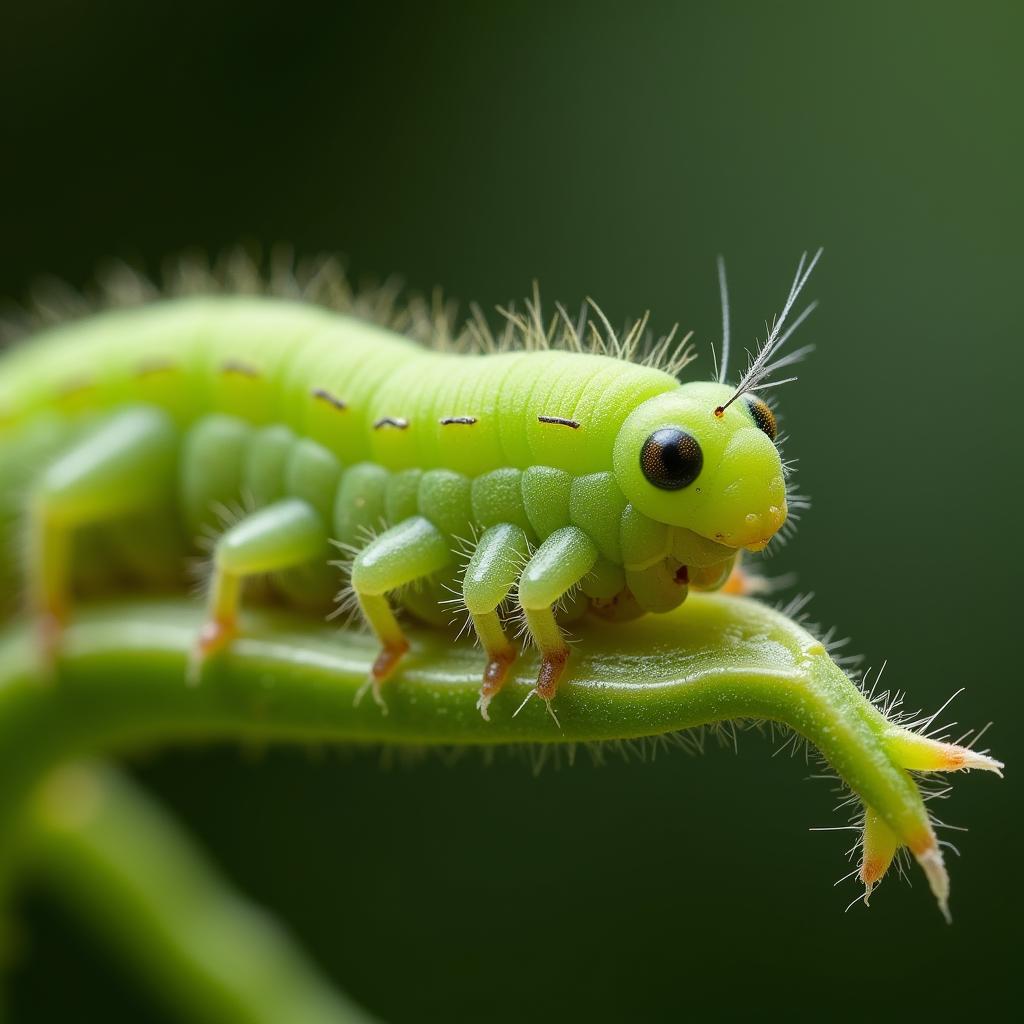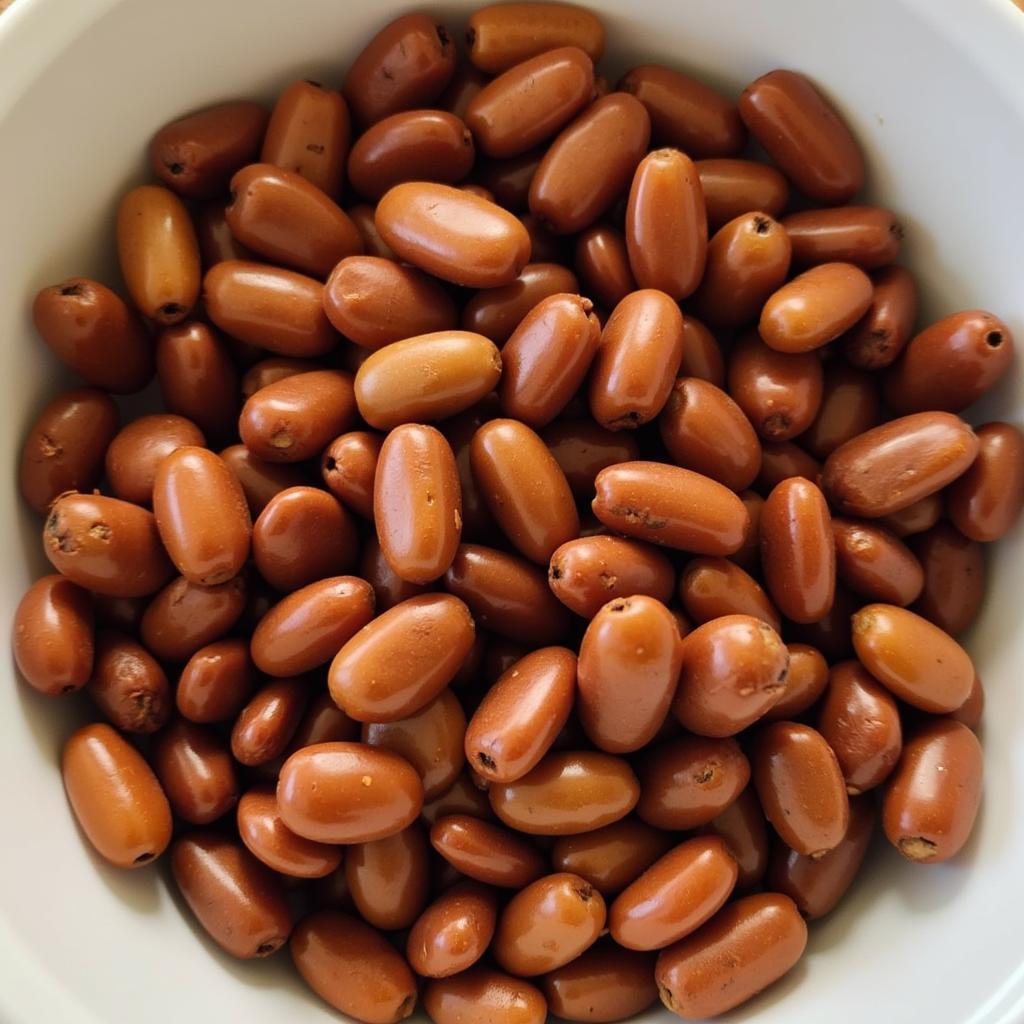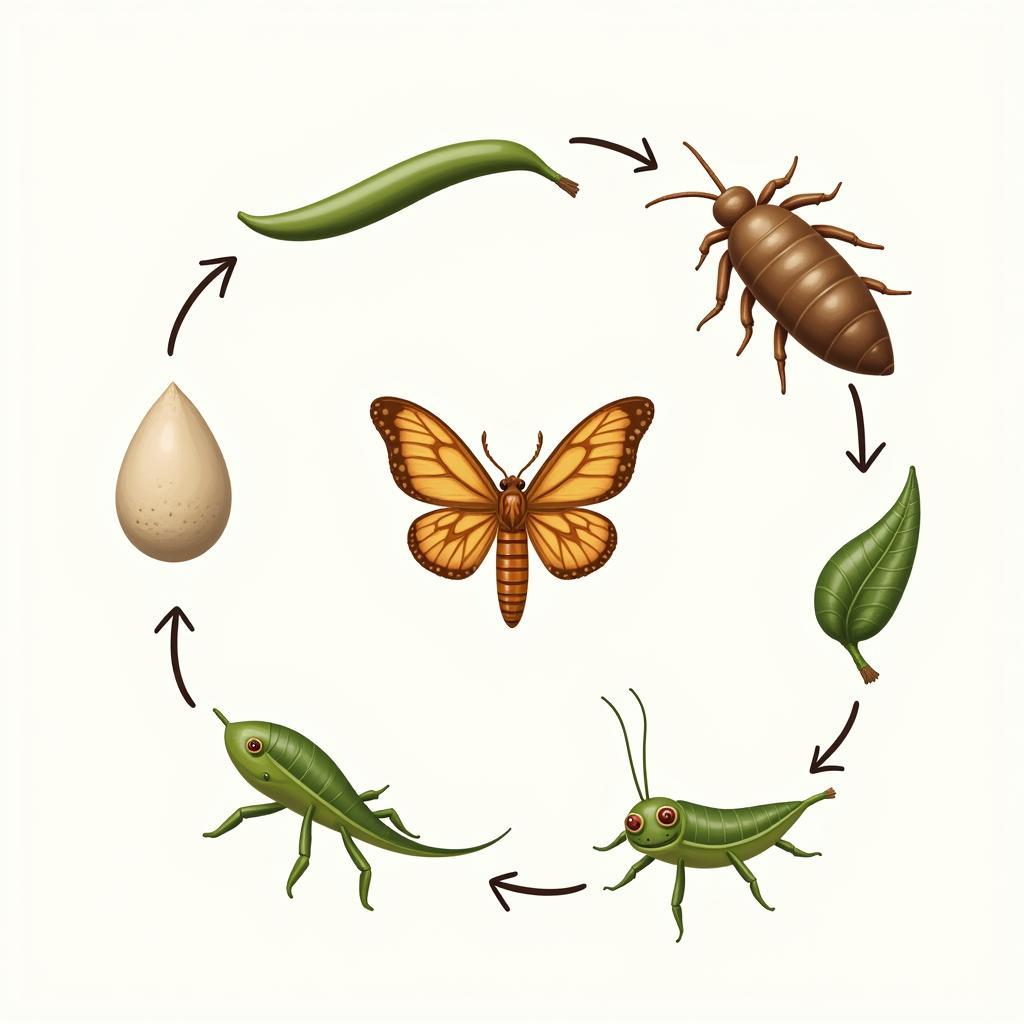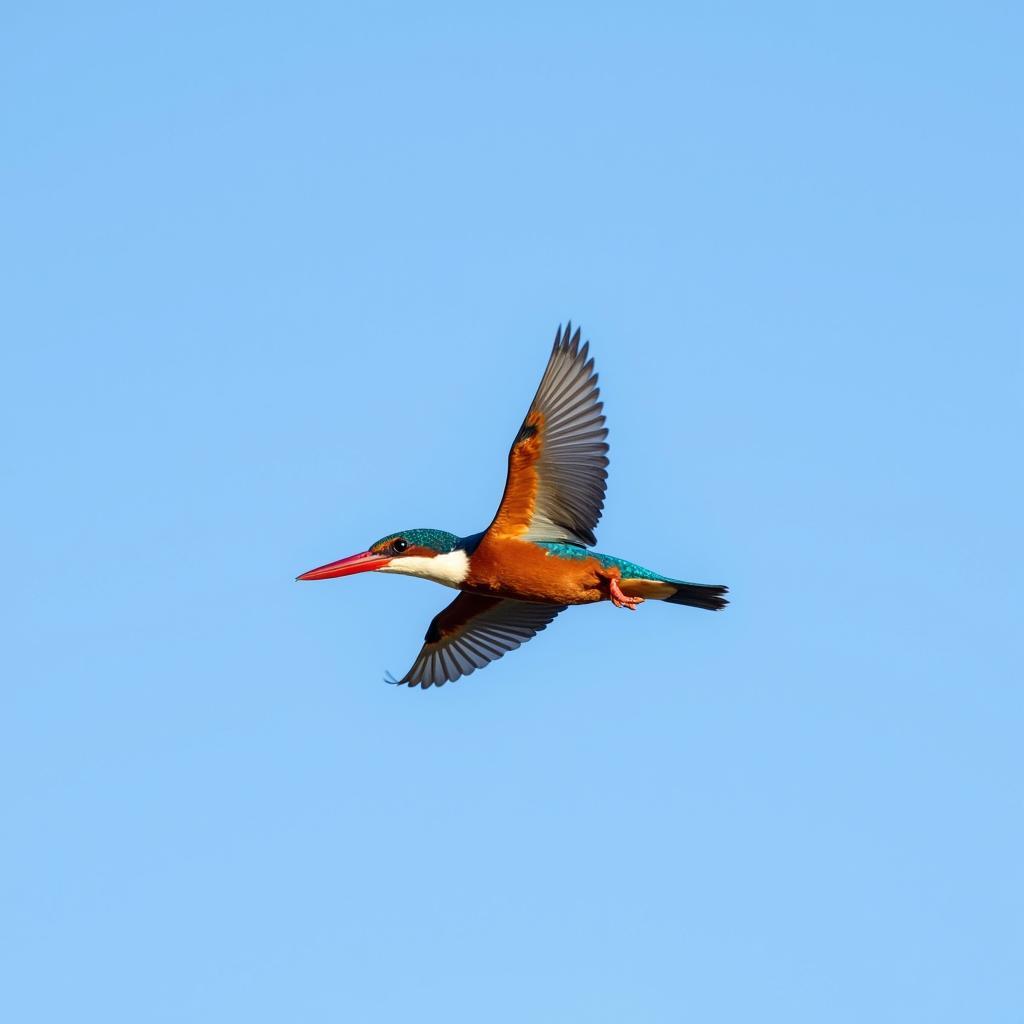Unraveling the Mystery of African Jumping Beans: Nature’s Tiny Dancers
African Jumping Beans, also known as Mexican jumping beans, are a fascinating marvel of nature that never fails to spark curiosity. These small, brown beans, far from being ordinary seeds, are actually homes to the larva of a moth native to Mexico. The beans “jump” due to the energetic movements of the larva inside, creating a spectacle that has captivated people for centuries.
The Science Behind the Jump: What Makes These Beans Move?
The secret behind the jumping bean’s lively jig lies in the life cycle of the Cydia deshaisiana moth, also known as the jumping bean moth. Female moths lay their eggs on the flowers of the Sebastiania pavoniana shrub, which is native to Mexico. As the seed pods of the shrub mature, the eggs hatch, and tiny larvae burrow inside.
These larvae are the heart of the “jumping bean” phenomenon. They eat away the inside of the bean, creating a hollow space for themselves. The larva then attaches itself to the inside of the bean with silken threads. When the larva feels threatened or exposed to heat, it tugs on these threads, causing the bean to jerk and jump.
 Jumping bean larva inside a bean
Jumping bean larva inside a bean
Beyond a Novelty: The Ecological Role of Jumping Beans
While often viewed as curiosities, jumping beans play a role in the delicate balance of their ecosystem. The Sebastiania pavoniana shrub, their exclusive host plant, relies on them for pollination. The moth larvae, in turn, depend on the shrub for food and shelter, showcasing a symbiotic relationship between the species.
Furthermore, these beans are a source of food for birds and other animals, highlighting their contribution to the food web. Understanding the interconnectedness of this seemingly small phenomenon sheds light on the complex web of life within their ecosystem.
Jumping Beans Around the World: From Mexico to Your Shelf
Native to Mexico, these intriguing beans have traveled far and wide, captivating people across the globe. Their unique ability to move has made them a popular novelty item, often sold in souvenir shops and online.
 Mexican jumping beans displayed in a bowl
Mexican jumping beans displayed in a bowl
However, it is important to remember that these are living creatures, and their well-being should be considered. When cared for properly, the larva can survive inside the bean for several months, continuing to amaze with their tiny acrobatics.
Caring for Your Jumping Beans: Tips for Responsible Enjoyment
If you find yourself with these fascinating beans, there are a few things to keep in mind to ensure the well-being of the larva inside.
- Hydration is key: While they don’t need to be watered directly, providing a humid environment is essential. Lightly misting the beans with water every few days can help keep them hydrated.
- Temperature matters: Jumping beans are most active in warm temperatures. Avoid exposing them to extreme heat or cold.
- Respect their life cycle: Remember, the larva inside will eventually pupate and emerge as a moth. Provide a suitable environment for this natural process to occur.
 The life cycle of a jumping bean moth
The life cycle of a jumping bean moth
More Than Just Jumping Beans: Unveiling the Wonders of Nature
The world is full of extraordinary creatures and phenomena, and the African jumping bean serves as a perfect example. Their intriguing movements, coupled with their unique life cycle, offer a glimpse into the intricate workings of nature. By appreciating these tiny wonders, we gain a deeper understanding and respect for the diversity and wonder of the natural world.



